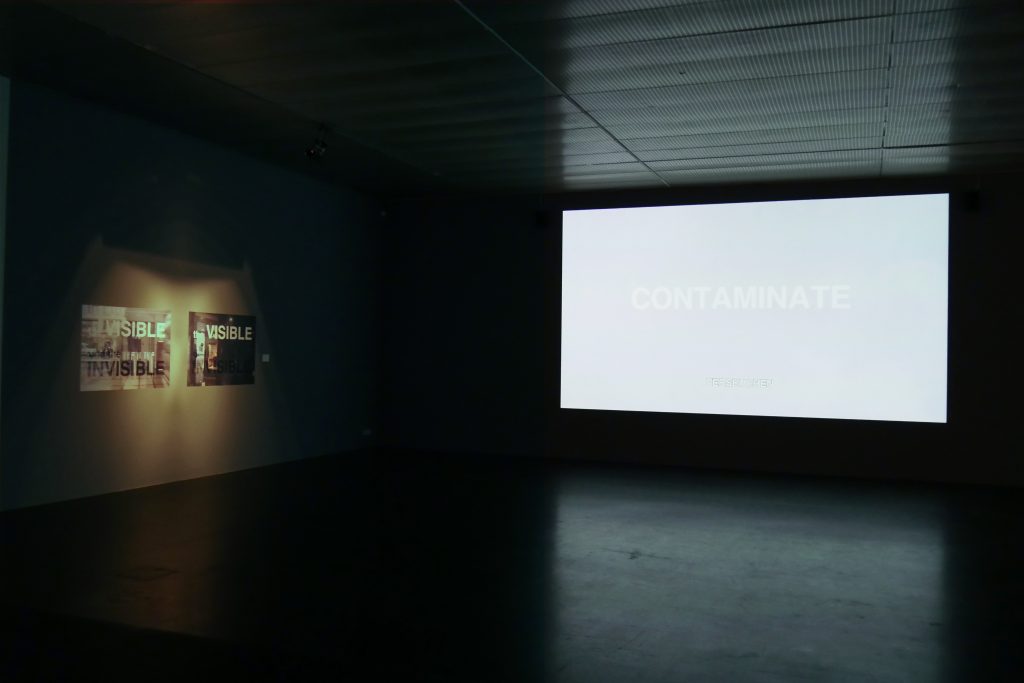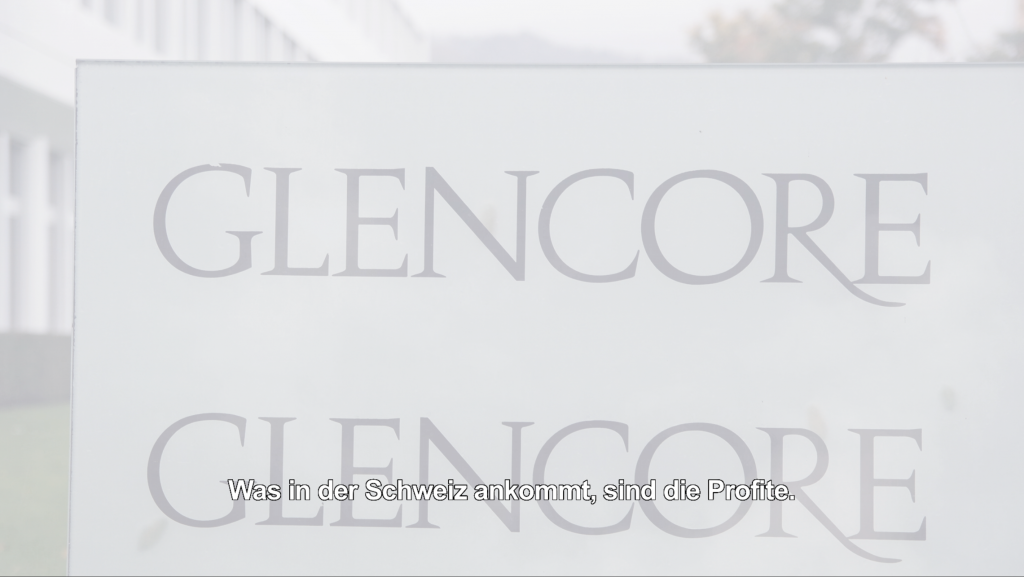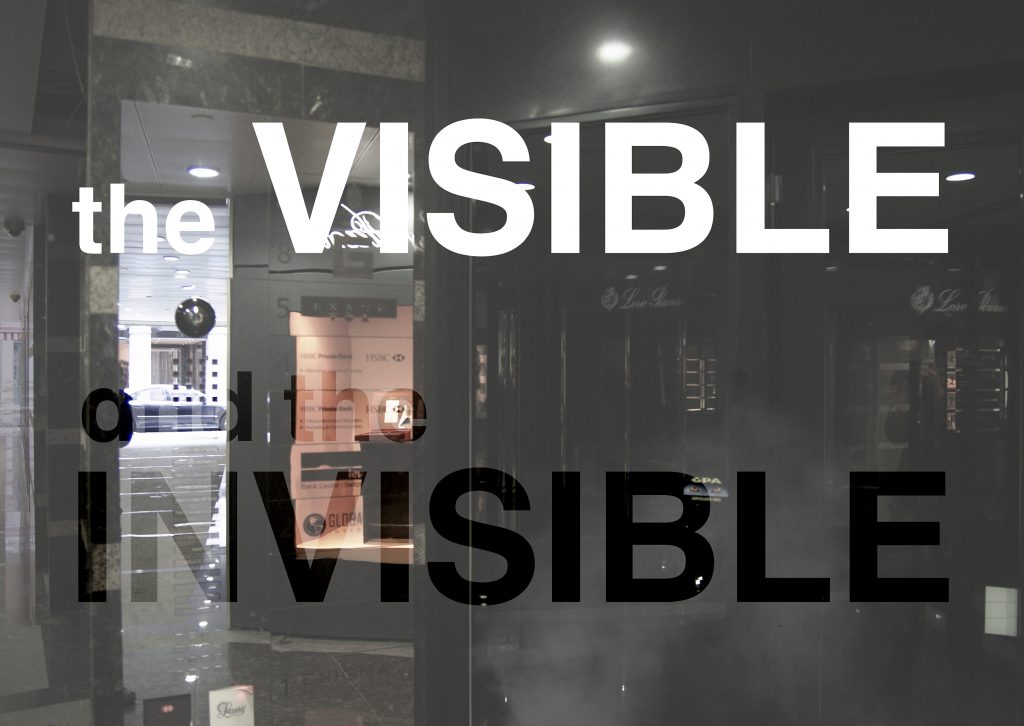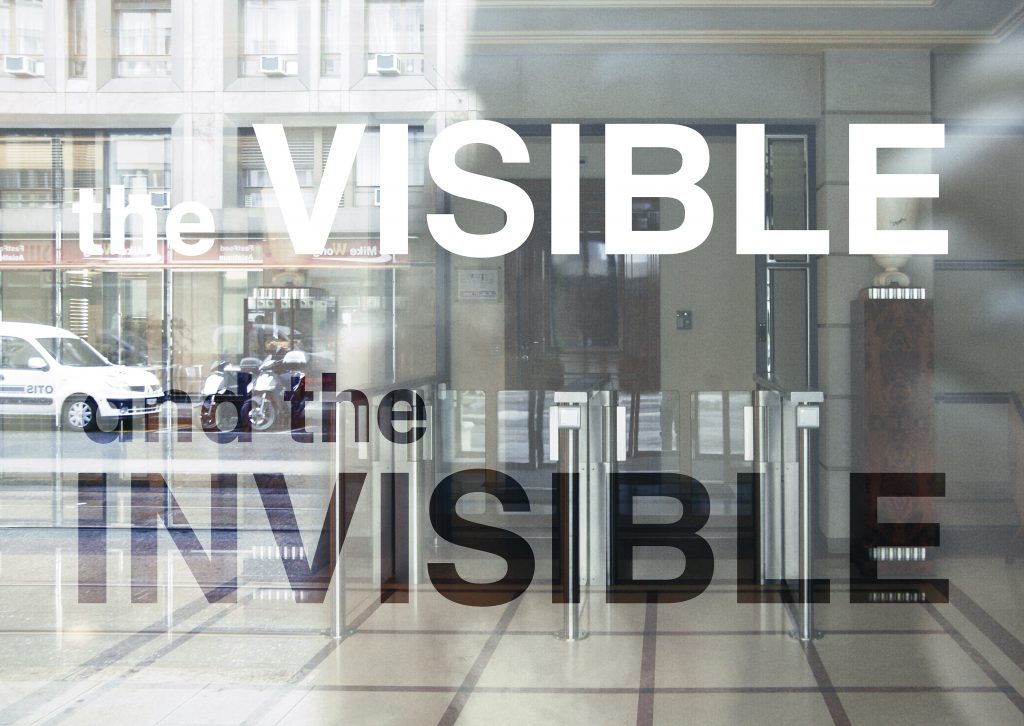A film by Oliver Ressler
20 min., HD, AT/CH 2014
In recent years, Switzerland has become the global center for commodity trading. In no other country are more commodities bought and sold; nevertheless, this crude oil, copper, aluminum, coal or wheat never reaches Swiss territory because the deals are carried out completely in a virtual world. Despite its importance for the Swiss and the global economy, the public knows very little about these secret transactions.

The headquarters of the commodity groups, which are among the most profitable companies in the world, often lie in the upper floors of office buildings in the commodity-hub Geneva or in the case of Glencore Xstrata in the canton of Zug, a tax haven. In these places, the traders go about their profitable business, undisturbed and largely invisible to the public. This relative invisibility in Switzerland lies in contrast with the visible, often catastrophic impact that the mining and trade of raw materials under neocolonial conditions has for people, the environment and the states in the zones of extraction concentrated in the Global South.

The film “The Visible and the Invisible,” whose title quotes a book of the same name by the French philosopher Maurice Merleau-Ponty, addresses a relationship of exploitation between the toxic industries and inhumane jobs in the Global South and the gigantic profits from commodity trading in the hands of a few persons in the Global North. The film presents a field of view, obscured by smoke, that also points to the toxic emissions associated with production in southern places; these images are interwoven with images of corporate headquarters located in Switzerland featuring the unprepossessing name plates of Vitol, Trafigura, Mercuria, Gunvor, Litasco, Bunge and Louis-Dreyfus. The film thematizes, with reference of commodity trading, how the wealth of the North relates to poverty in the South; it undermines a dominant capitalist myth that northern “victimless” prosperity could not be causally related to southern poverty.
Director, producer and film editor: Oliver Ressler
Narration text: Oliver Ressler
Creative copy-editing: Gene Ray
Narrator: Patrick Lamb
Camera: Thomas Parb, Oliver Ressler
Sound design, re-recording mix and color correction: Rudolf Gottsberger
Title design: Juma Hauser
Music composed for the film by La Gale.
The narration text is partially inspired by Berne Declaration, “Commodities – Switzerland’s most dangerous Business”(2012) and Eduardo Galeano, “Open Veins of Latin America” (1973).
Special thanks to Anna Barseghian (artistic director of Utopiana, Geneva).
For inspiring conversations on the topic I would like to thank Manzoor Ahmad, David Bicchetti, Thomas Braunschweig, Reto Cadotsch, Olivier Demarcellus, Stefan Kristensen, Olivier Longchamp, Martyna Olivet, and Jean-Michel Servet.
Furthermore, I would like to thank Cicero Egli, Can Gülcü, Ömer Kaplan, Vana Kostayola, La Gale, Katharina Morawek, Laura von Niederhäusern, Stella Rollig, Hanna Schmollgruber, and Tilo Steireif.
“The Visible and the Invisible” was developed in the framework of the artist-in-residence program of Utopiana in Geneva and was completed with the support of Utopiana, Shedhalle Zurich and Lentos Kunstmuseum in Linz.


